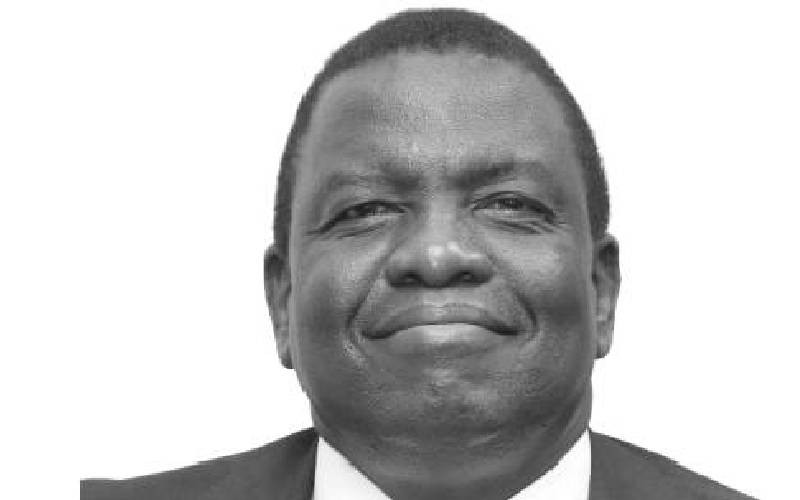You should have an amount of money that you can access quickly. An emergency fund ensures that you do not have budget interruptions, because you will not be blind-sided by unforeseen expenses or an unforeseen reduction in income. A good safety net would be enough money to cover your current expenses for at least three months, but ideally, it should be six months.
The barest minimum you should have in your emergency fund should be an amount worth three months of your family expenses.
People with such contingency plans are not usually affected by sudden rises in costs or loss of job and businesses. This fund gives them enough time to fix the damage and get back on their feet.
When people hear that they should have three or six months’ worth of your expenses saved up in an emergency fund, it looks big.
For many people, saving even three months’ worth of expenses can seem like an unattainable goal, especially if you’re also working on other financial goals such as saving for retirement or paying debts.
However, if you save a little every month without fail, after one or two years you will have quite a lot of money saved up.
Do not look at the whole amount, look at putting a little on the side every month. This is besides your monthly savings. To start off, you can aim at saving a month’s worth of expenses. Then you can make a long term goal to work this up.
Remember, an emergency fund is only supposed to be used in case of true emergencies. You can’t touch it to fund impulse purchases or expensive vacations – these expenses can be anticipated and planned for.
Instead, you can use the money in your emergency fund for costly, necessary, and unexpected expenses such as medical bills, car repairs, phone theft and replacing or repairing broken household appliances. An emergency fund also comes in handy if you suddenly lose your job.
If you have an unstable job, you might have to save more during the months when you have steady income. This will help you have an easier time during the periods you have less reliable income.
You should also consider other factors such as family size, number of earners in the family, and the health of self and other family members. For instance, if you have older people in the family or very young children, you might have to save more in case of health-related expenses which are not covered by your health insurance.
Avoid
Avoid raiding your emergency fund. Identify your true emergencies and let this money be just for that. Let it not end up as your home improvement or vacation fund.
Also an emergency fund needs to be easily accessible in case of an emergency. Therefore, you need an account which offers easy access as well as high benefits.
The best place to stash your emergency cash is in a high-yield savings account. Take a look at different savings accounts offered by various banks. Go for one with higher than average interest rates, no monthly fees, and no minimum balance requirements.
Stay informed. Subscribe to our newsletter
You can also save your emergency funds in a money market account. Money market accounts are easy to use, have no penalties for withdrawal, and might offer relatively high yields.
 The Standard Group Plc is a
multi-media organization with investments in media platforms spanning newspaper
print operations, television, radio broadcasting, digital and online services. The
Standard Group is recognized as a leading multi-media house in Kenya with a key
influence in matters of national and international interest.
The Standard Group Plc is a
multi-media organization with investments in media platforms spanning newspaper
print operations, television, radio broadcasting, digital and online services. The
Standard Group is recognized as a leading multi-media house in Kenya with a key
influence in matters of national and international interest.
 The Standard Group Plc is a
multi-media organization with investments in media platforms spanning newspaper
print operations, television, radio broadcasting, digital and online services. The
Standard Group is recognized as a leading multi-media house in Kenya with a key
influence in matters of national and international interest.
The Standard Group Plc is a
multi-media organization with investments in media platforms spanning newspaper
print operations, television, radio broadcasting, digital and online services. The
Standard Group is recognized as a leading multi-media house in Kenya with a key
influence in matters of national and international interest.








